Being “ahead of its time” doesn’t even begin to describe Belladonna of Sadness.
The 1973 Japanese film is considered to be a landmark in animation, but it barely made a splash abroad and never even found its way stateside—until now. Thanks to more than 1,000 hours of restoration by the team at distribution company Cinelicious Pics, Belladonna of Sadness recently made its U.S. debut in theaters, giving the film’s cult following a crisp and more vibrant rendition of their classic and newcomers a harrowing barrel roll through director Eiichi Yamamoto and artist Kuni Fukai’s lush and twisted world.
Set in a harsh feudal village, Belladonna of Sadness follows the downfall, rise, and persecution of Jeanne, a beautiful young maiden, who, on her wedding night, is viciously raped by the local lord and his court, setting her on a collision course with the Devil. Jeanne’s sexuality, once a liability, becomes the source of her power as she reclaims her shattered life through the counsel of the Devil. However, the prominence she gains puts her in direct and deadly competition with the royal court.
Belladonna of Sadness was adapted from French historian Jules Michelet’s novel La Sorcière and was the third film in the trilogy Animerama started by Japanese manga and anime legend Osamu Tezuka. Tezuka created Animerama to revolutionize animated films, drenching his creations in sexually explicit overtones to cater to an adult audience—but the trilogy didn’t quite strike its intended chord with audiences. Tezuka exited the studio he headed Mushi Production shortly before the company filed for bankruptcy in 1973—the same year Belladonna of Sadness was released. Over the years, Belladonna of Sadness fell into relative obscurity, known and appreciated by a small, if not devout, audience—including Hadrian Belove, co-founder of nonprofit cinematheque Cinefamily.
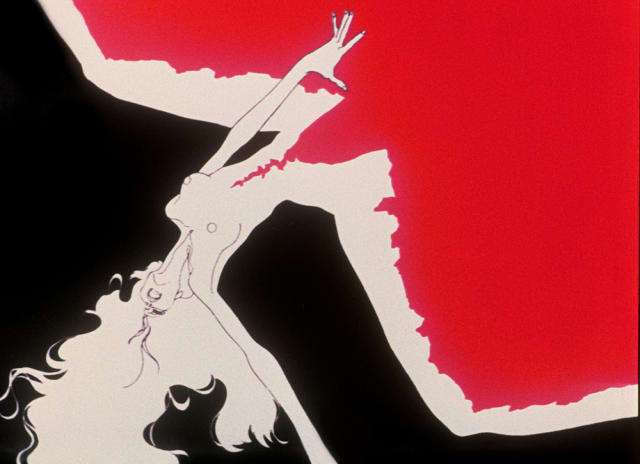
In a conversation with Cinelicious’s Paul Korver, founder and CEO, and Dennis Bartok, executive vice president of acquisitions and distribution of distribution arm Cinelicious Pics, Belove set in motion Belladonna of Sadness’ ascent from the ashes.
“[Korver and Bartok] just asked him off the cuff if there was one movie you could pick that could get restored and be re-released, what would it be? And he said, Belladonna of Sadness,” says Craig Rogers, lead restoration artist at Cinelicious. “Both Paul and Dennis had never heard of it. They looked it up and there were some bad bootlegs on YouTube [but they] realized it would be amazing. They started trying to track it down and got in touch with Mushi Production in Japan. It took several months but they finally ironed out an agreement for us to do it.”
Luckily for the restoration team, the six rolls of film were in better shape than average—no major scratches or dust and dirt that couldn’t be removed through their normal process. Cosmetic concerns aside, there was a strange issue to deal with.
“We did notice when we were prepping it that there were a lot of splices which is weird to see from an original negative,” says Caitlin Diaz, a colorist at Cinelicious. “We didn’t know what that exactly meant until we actually scanned the film and we found out that we were missing pieces.”
As it turned out, eight minutes of footage was missing from the film, with no definitive answer as to why the film was cut or where it went.
“Parts of it seemed like it might have been because it was too explicit. Other parts it seemed like the only reason they could’ve possibly done it was to try and shorten it,” Rogers says. “It was just a little off the end of a shot here, a little off the beginning of a shot there.”
To fill in the missing eight minutes, the restoration team tracked down a copy of Belladonna of Sadness at Belgian cinema archive Cinematek, digitally erased the baked-in French subtitles, and seamlessly wove in the missing scenes to the film. There was one sizable section that Rogers is particularly glad is back in the restoration—a scene halfway in the movie he and his team have dubbed Schoolhouse Rock!.
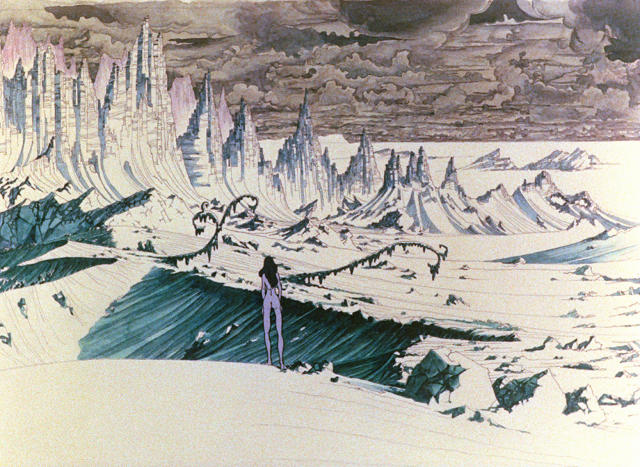
What makes Belladonna of Sadness so exceptional is its innovative blend of watercolors, oil paintings, and sketches to propel the narrative. Although the animation styles shift throughout the film, the overall look of the characters and scenery is consistent—except for this particularly psychedelic section that most definitely looks like it graduated from ’70s Saturday morning cartoon PSAs.
In the sequence in question, Jeanne has been forgotten by her husband and spurned by the townsfolk, leading her to finally cave in to the Devil’s insistence that she relinquish herself to him, body and soul. The following transfiguration is a full minute of seizure-inducing editing and markedly different animation that’s very reminiscent of George Dunning’s work in Yellow Submarine. The barrage of clowns, comic strips, athletes, national landmarks, etc. is striking not only for its sharp contrast to the tone of the rest of the film, but also for the fact that nearly everything in this montage is well out of the era Belladonna of Sadness is set in. What’s more, if you watch the scene carefully, it’s loosely traveling backwards in time, starting from aliens and astronauts and ending with the dinosaurs, all of which is peppered with visual references to both Western and Eastern culture. It’s like Jeanne is suffused with everything that was, is, and will be known—a possible pop culture interpretation of what historian Jules Michelet describes in La Sorcière’s section “Le Pacte” (“The Pact”):
With this she falls groveling, and adores him from the ground! . . . First she does him homage according to the Templars’ rite, symbolizing the utter abnegation of self and self-will. Her master, the Prince of this World, the Prince of the Gales of Heaven, breathes himself into her being like a rushing mighty wind. She receives at once and together the three sacraments, reversed and desecrate,—Baptism, Priesthood, and Marriage. In this new church, the exact opposite of its counterpart, the Church of God, everything is reversed.
The clip below of the Schoolhouse Rock! scene is not from the digitally restored version, but gives you a sense of the markedly different style and tone:
Belladonna of Sadness is playing in limited release in select cities.
Still from Belladonna of Sadness, by director Eiichi Yamamoto and artist Kuni Fukai

Still from Belladonna of Sadness, by director Eiichi Yamamoto and artist Kuni Fukai
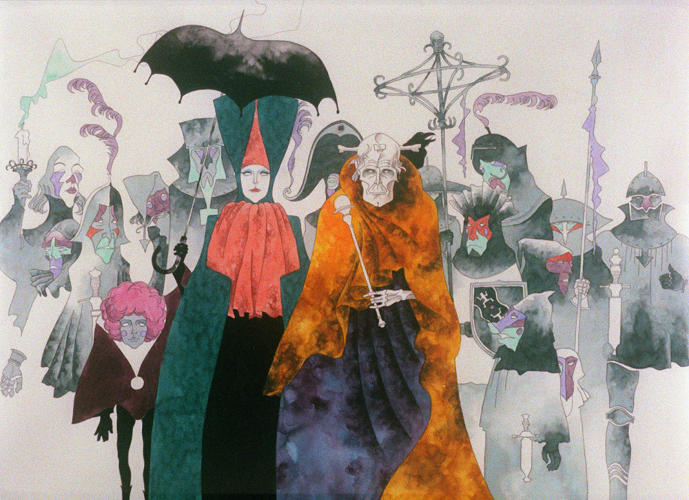
Still from Belladonna of Sadness, by director Eiichi Yamamoto and artist Kuni Fukai
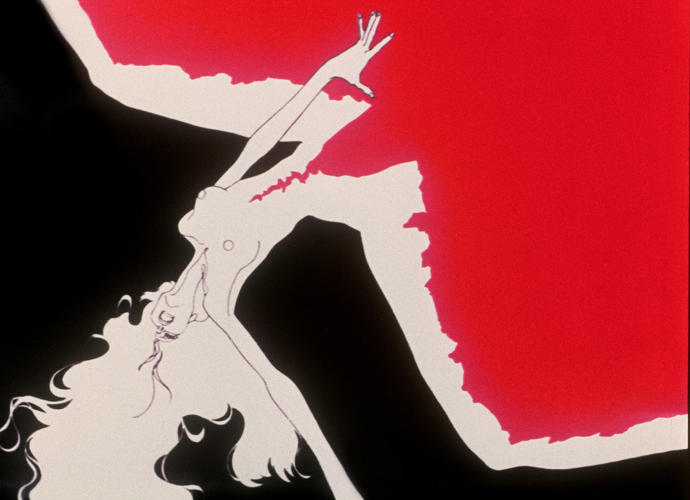
Still from Belladonna of Sadness, by director Eiichi Yamamoto and artist Kuni Fukai
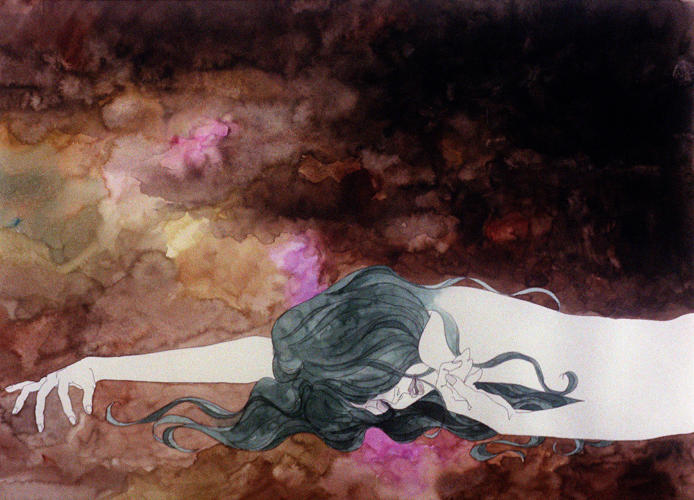
Still from Belladonna of Sadness, by director Eiichi Yamamoto and artist Kuni Fukai
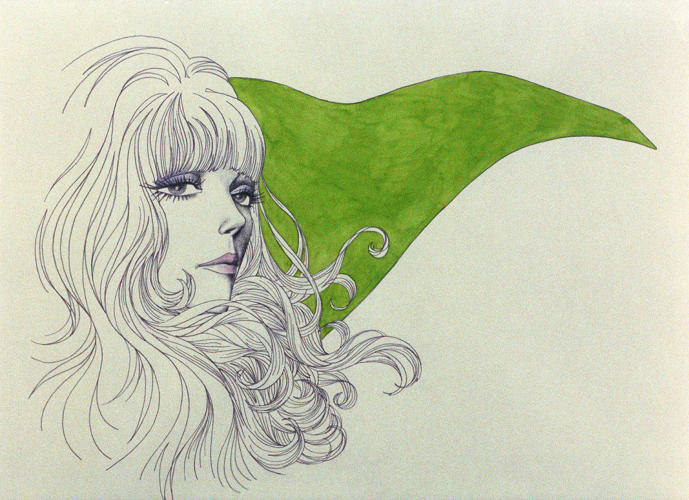
Still from Belladonna of Sadness, by director Eiichi Yamamoto and artist Kuni Fukai
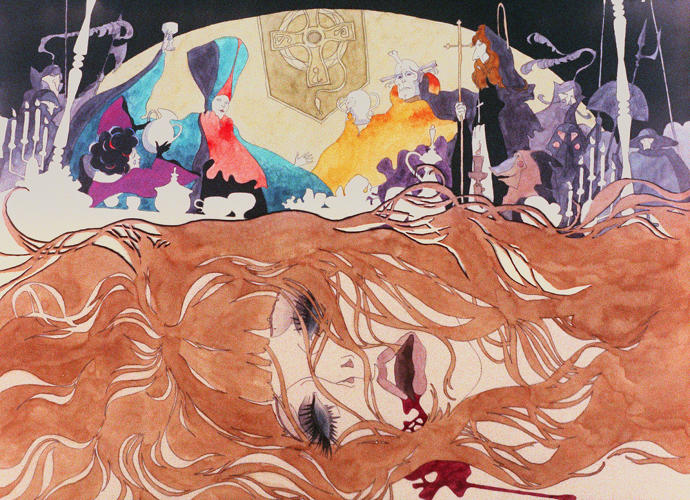
Still from Belladonna of Sadness, by director Eiichi Yamamoto and artist Kuni Fukai

Still from Belladonna of Sadness, by director Eiichi Yamamoto and artist Kuni Fukai
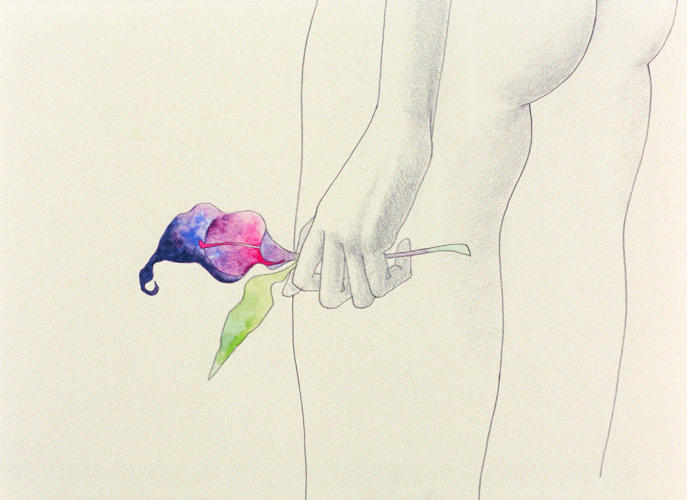
Still from Belladonna of Sadness, by director Eiichi Yamamoto and artist Kuni Fukai

Still from Belladonna of Sadness, by director Eiichi Yamamoto and artist Kuni Fukai
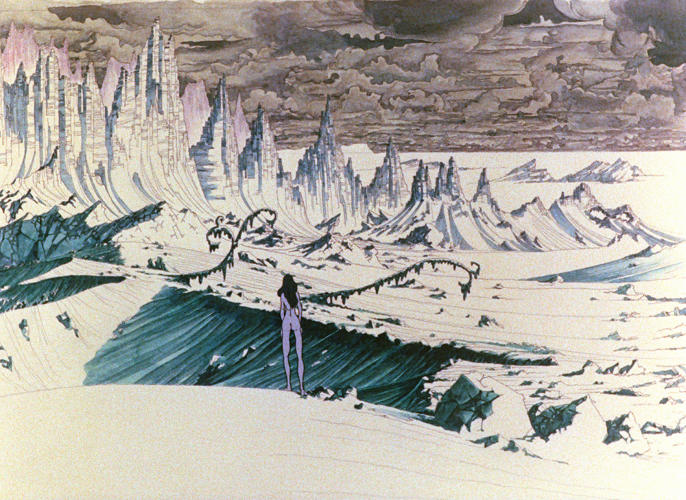
Fast Company , Read Full Story
(155)